Installation view of Danish Cultural Center, BJ , December 17 – February 19, 2016-17.
He/She | 2017
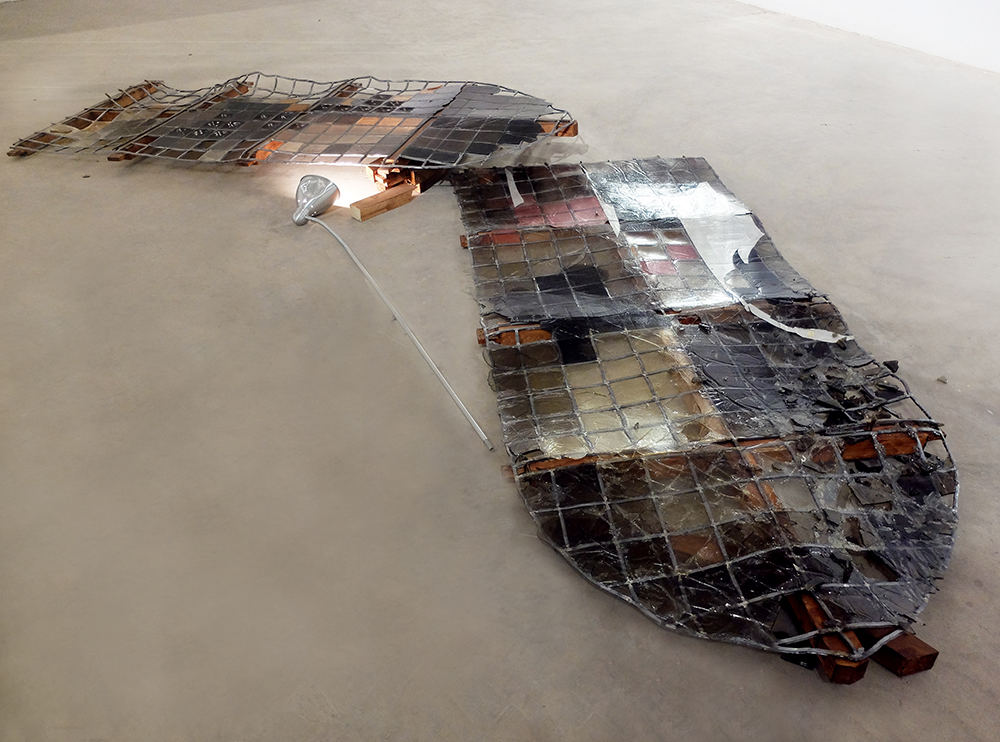
Sugar, wood, lead
200 × 108 × 10 cm/ 78.7 x 42.5 x 3.9 inches
My grandma has diabetes. When I was very young, I saw her lock many sweets in a drawer like treasures. Every time she ate sweets, is was like a ritual. Those sweets were mysterious and uneasy to me. As time goes by, candy can be found easily in daily life. It is no longer mysterious, but the inner anxiety and temptation extend to the spiritual level, which is beautiful and dangerous. It's a source of disease and a sweet blood sugar "pill".
(Meine Großmutter hat Diabetes. Als ich noch ein Kind war, habe ich gesehen, wie sie stets viele Süßigkeiten in einer Schublade einschloss, als würde es sich um wahre Schätze handeln. Immer wenn sie Süßigkeiten aß, war das wie ein Ritual. Diese Süßigkeiten hatten für mich etwas mysteriöses und unbehagliches. Mit der Zeit wurden Bonbons und Süßigkeiten ein Teil unseres täglichen Lebens und waren immer leichter zu bekommen. Sie sind schon lang kein Mysterium mehr, aber das innere Verlangen und die Versuchung, die sie heraufbeschwören, sind fast auf eine spirituelle Ebene aufgestiegen, wo sie Schönheit und Gefahr zugleich verkörpern. Sie sind gleichzeitig Quelle von Krankheit und süße ''Zuckerpille''.)
It is like her, or him, or everyone. The dangers, temptations, joys, and unease in our bodies are sometimes colourful and sometimes fragmented. Hear the screams of danger in a sweet carnival.
(Es ist wie sie, wie er oder jedermann. Gefahr, Versuchung, Spaß und Unbehagen in unseren Körpern sind manchmal farbenfroh und machmal fragmentiert. Wir hören die Schreibe der Gefahr in einem süßen Karneval.)
This exhibition was hosted by Danish Cultural Center. The show including the "He/She", "Black Persimmon", "Aspartame Video" series. Open to the street, four sugar installations were torn down to the ground; air, seeds, little feathers, thoughts mixed with dust was swept on the sugar's skin by the wind. First historical reference of sugar comes from China, with the mentions of the India’s sugarcane fields in ancient surviving texts. In the 500s Buddhist monks who traveled from India to neighboring countries introduced Sugar to China. In 9th and 10th century it was then when Muslim countries in Middle East and Asia adopted sugar production of India, and enabled European countries to come in contact with this incredible food substance. After 11th-13th centuries, sugar returned to Europe with the Crusaders, when soldiers brought back to Europe mysterious “sweet salt”...Since then launched a lot of trade and colonial culture... Sugar in modern times is the root cause of many diseases, but people can not get rid of it. In the memory of sugar maybe it is both full of fragileness and tartness, like it's historical stories. During the exhibition, the documentary of the entire exhibition production process was showed and an exhibition album was also made available.
At the completion of the project, I take off the candies from the lead frames and collect them to use it in the next project. Just like the superposition of the time form childhood to the present, they are also endowed with the meaning of time.
(Am Ende des Projektes nehme ich die Süßigkeiten von den Rahmen und sammele sie, um sie im nächsten Projekt wieder zu verwenden. So wie die Zeit der Kindheit die Gegenwart überlagert, werden auch sie zu einem Geschenk für die Bedeutung der Zeit.)
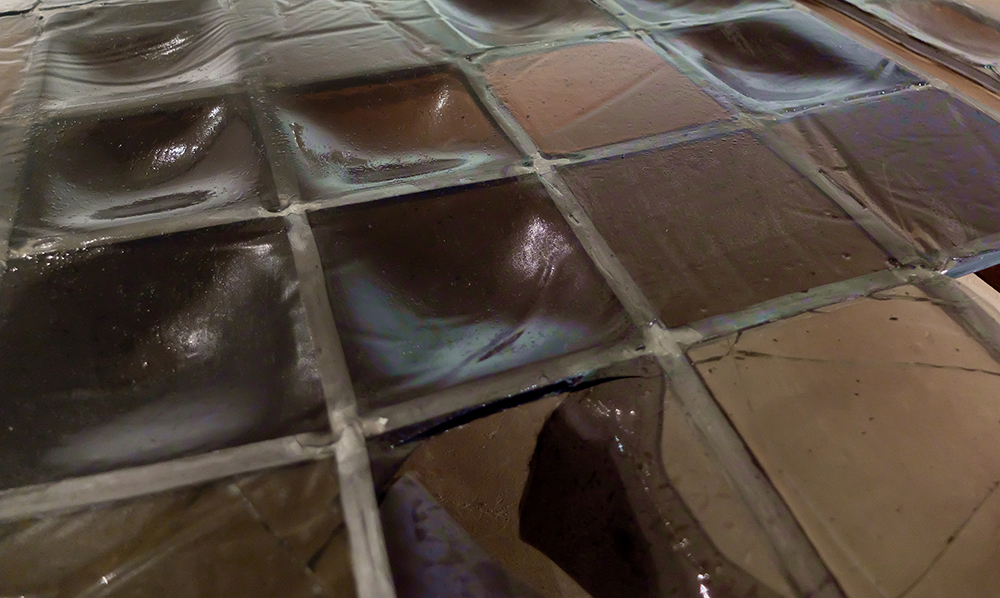
Installation view of Danish Cultural Center, BJ , December 17 – February 19, 2016-17.
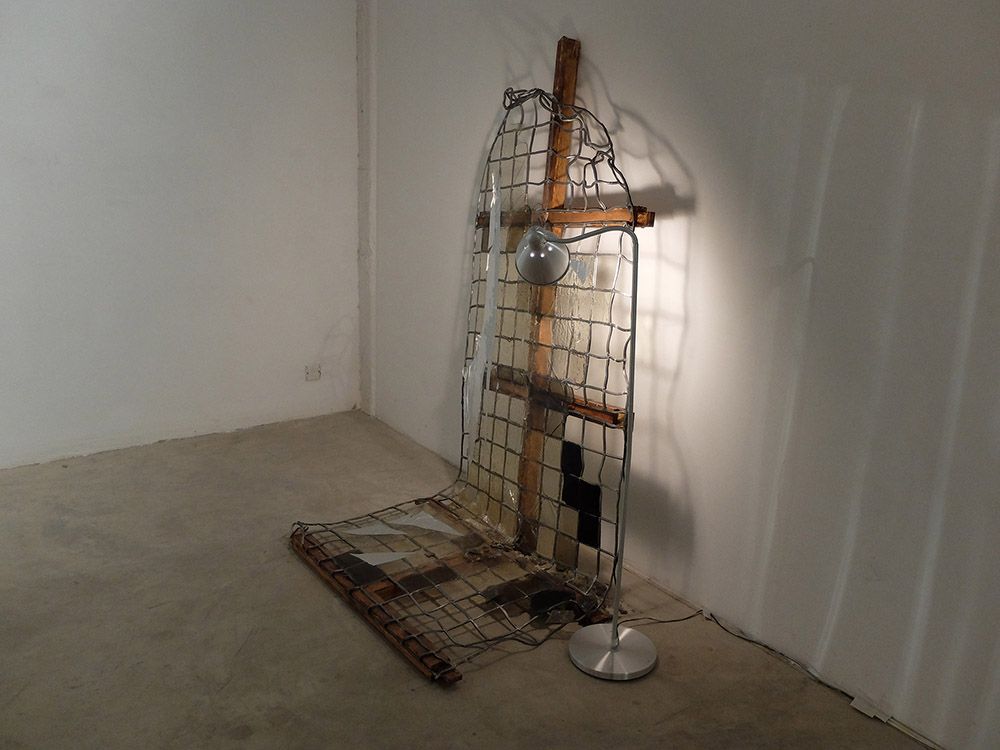
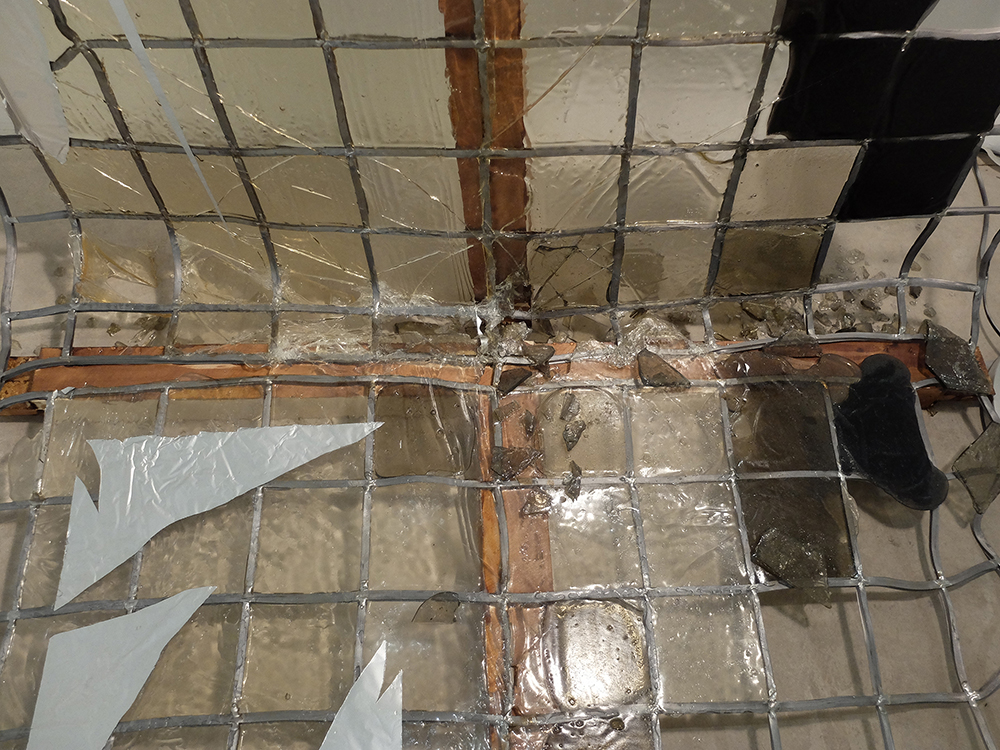
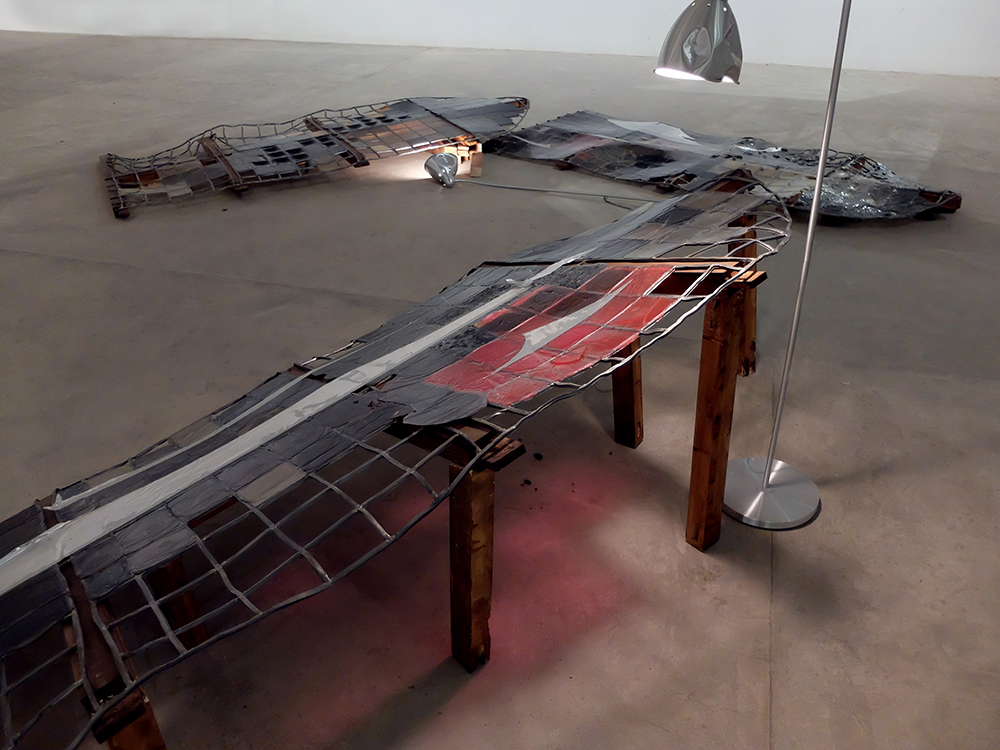
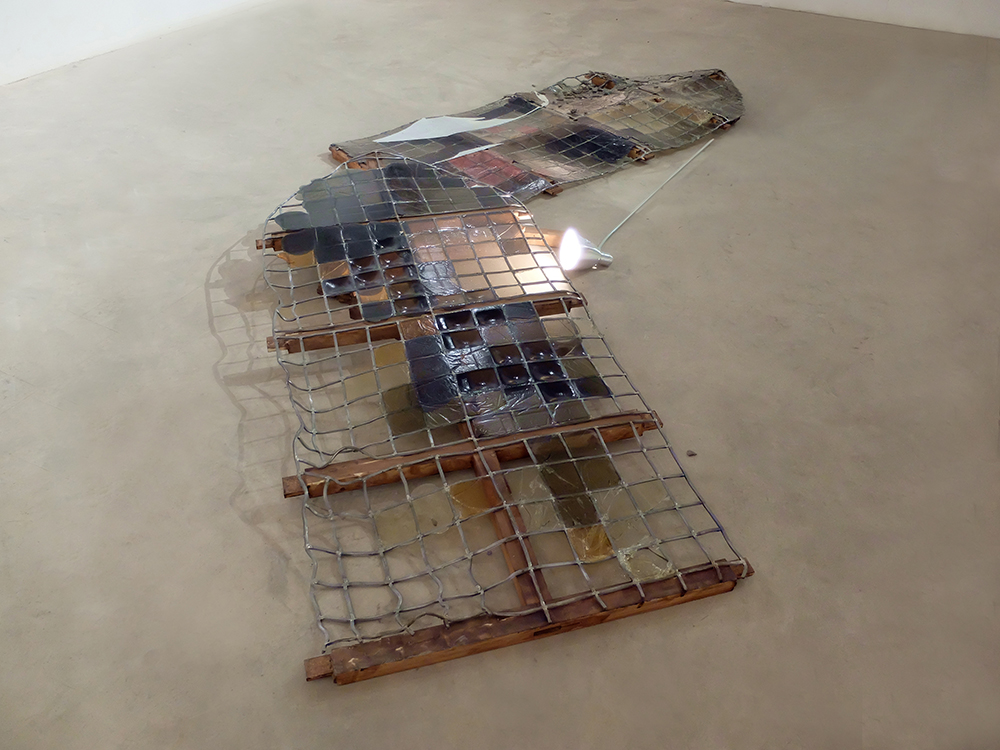
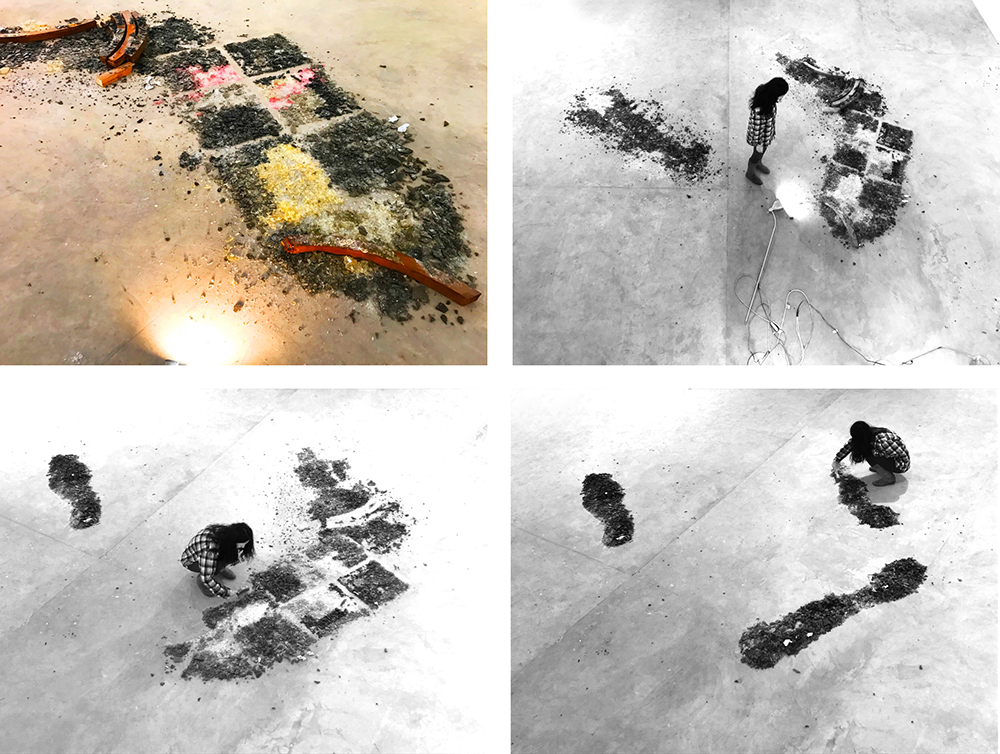
©️Photo credit: Yingji Yang Studio